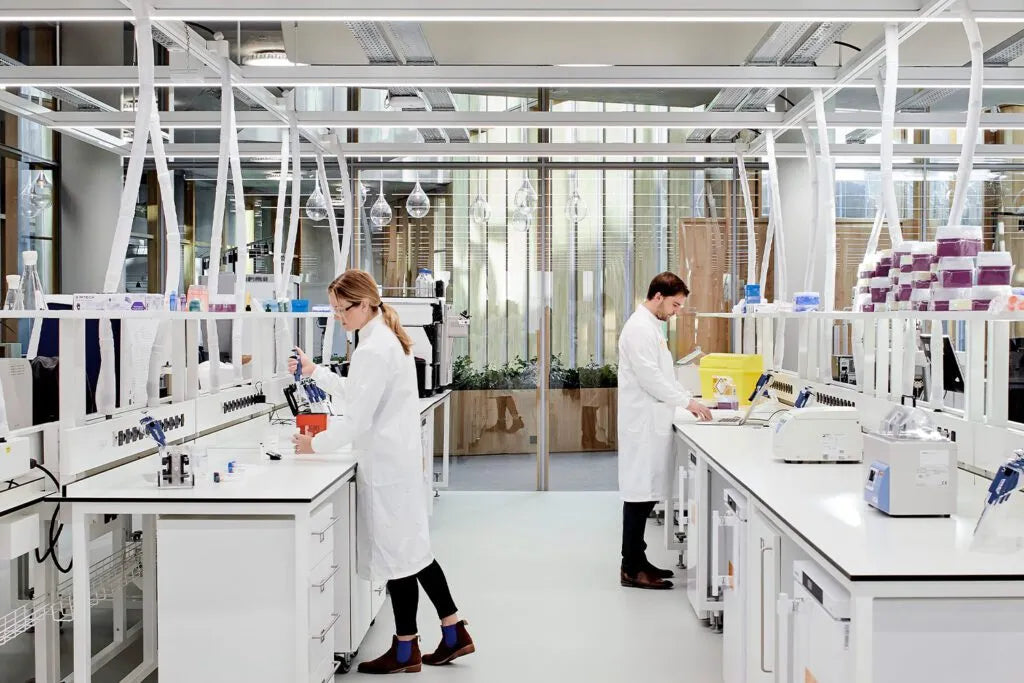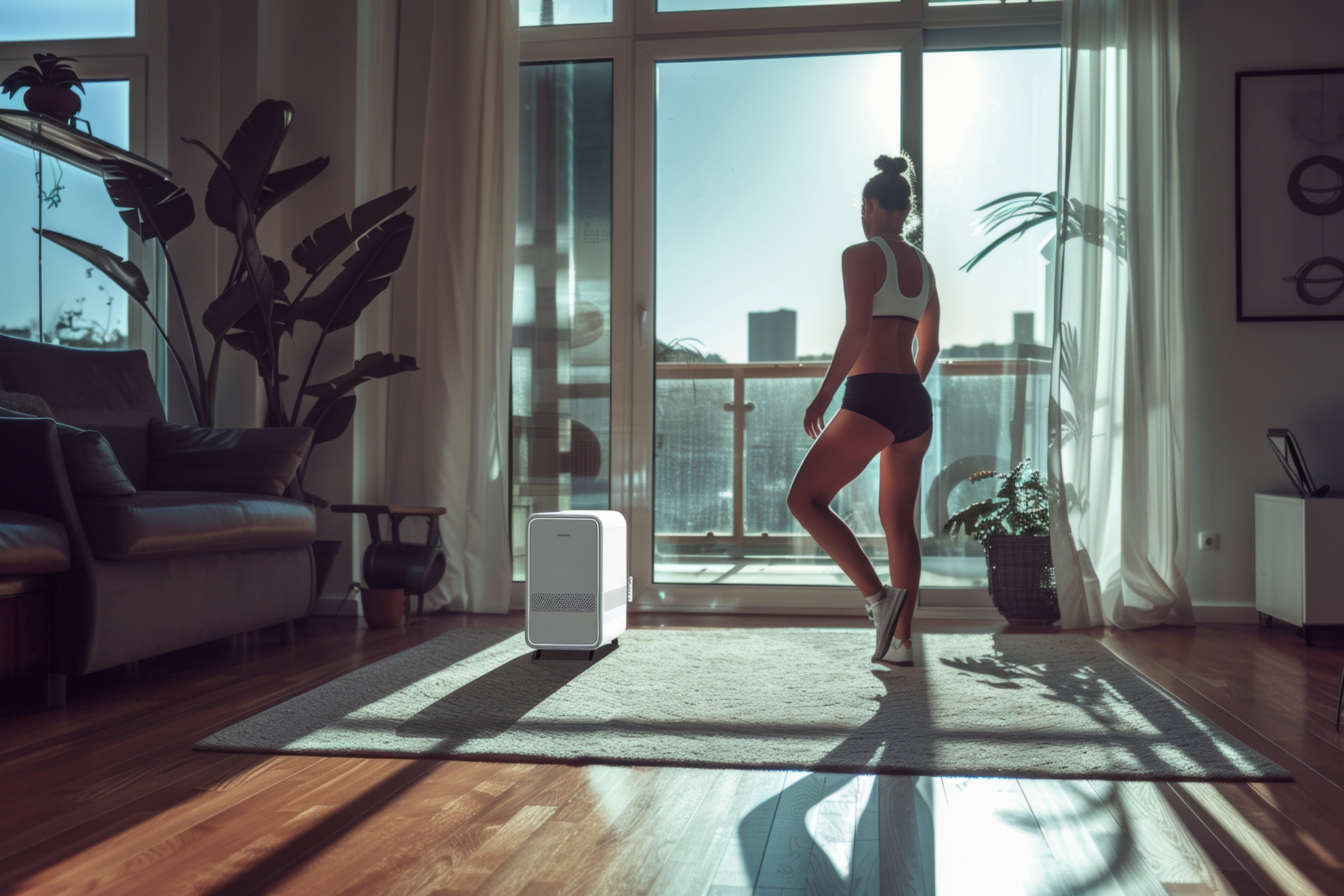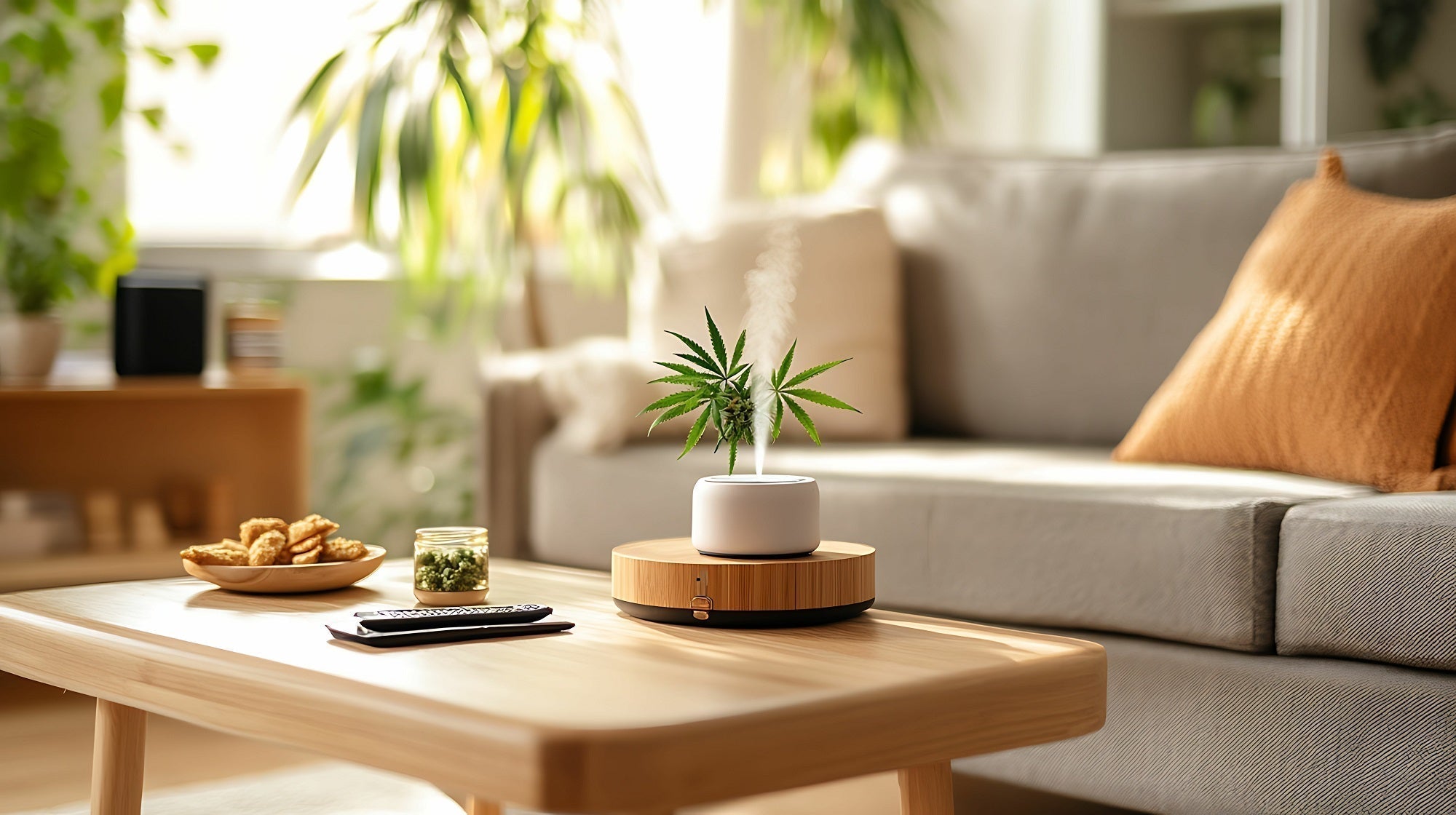Tips for Choosing an Air Purifier for Dust in the UK: Breathe Clean and Healthy

If you’re in the UK, you’ll know all too well how quickly dust can settle in your home. As a result, you’re often left battling between the vacuum and the dust cloth. But dust isn’t just an eyesore; it can also affect your health. Dust contains particulate matter 2.5 (PM 2.5) such as skin cells, pollen, fibres, pet fur, smoke, chemical pollutants, and bacteria that can penetrate your lungs, trigger allergies, irritate your respiratory system, and even disrupt sleep.
Fortunately, installing an air purifier for dust in your home can capture and remove these particles, ensuring a healthy and dust-free environment. At MedicAir, our purifiers use a combination of HEPA 13/14 carbon-activated filters and safe UV technology to achieve 99.97% air filtration. But there’s more to consider when choosing a dust air purifier, as we’ll explore in this article.
1. Size of Air Purifier
Before bringing home an air purifier, you must consider the size that would be suitable for your living space. For maximum efficiency, select an air purifier that covers an area that exceeds the size of your room. To get an accurate estimate, you can use our MedicAir Product Finder, which helps determine the right air purifier for your needs. Additionally, it can calculate how many units you’ll need based on your room’s dimensions.
2. Type of Filter
Now, this is where things get interesting. Air purifiers comprise pre-filters and various other filters so, as the dust particles pass through each filter, they get filtered out. All that’s left is clean, healthy air. Consider air purifiers with HEPA 13/14 filters as they capture 99.97% microscopic pollutants like dust, pollen, mould, bacteria and pet dander. Our MedicAir air purifiers coat HEPA 13/14 filters with a carbon-activated layer to neutralise odours and VOCs (volatile organic compounds) that may accompany dust particles.
3. Clean Air Delivery Rate (CADR)
When you install an air purifier for dust in your home, your goal is to replace the polluted air with pure air. This is where CADR comes in. It indicates how quickly an air purifier can filter the air in a given area. So, whether you’re in a room full of dust or dealing with frequent pet dander, a high CADR ensures the stale air is constantly replaced with clean, filtered air. Consider air purifiers with at least 200 m³/h CADR, but larger rooms may require a higher rating.
4. Use of Ultraviolet Light
UV light when used in air purifiers can be a highly effective way to clean the air. When the air in your home passes through the purifier, it’s exposed to UV light (this light isn’t exposed to the room itself). The UV disrupts the DNA of any bacteria or virus that may be in the air, preventing them from making you or your family ill. Our MedicAir air purifiers, for instance, use a safe UV chamber to neutralise the pathogens within the chamber without emitting any ozone.
5. Smart Features
The amount of dust in your home is constantly changing, so you need a smart air purifier that can detect air quality and adjust fan speeds automatically. Our MedicAir air purifiers leverage ReAKT technology, which intelligently detects airborne contaminants and automatically adjusts to improve air quality. Plus, our purifiers come with smartphone app control, compatible with iOS and Android, allowing you to monitor and log your air quality digitally. You can even connect your Google Home assistant to our air purifier to control.
6. Noise Rating
A dust air purifier is likely to run for extended periods, and the noise it produces can become a significant factor, especially if you’re placing it in your bedroom. Noise levels can vary between models, so look for air purifiers with ratings below 60 dB to ensure quiet operation. MedicAir Pro Mini, for example, operates between 21 dB and 54 dB, allowing you to maintain a peaceful atmosphere without compromising air quality.
Key Takeaways
Your home is your safe haven, where you feel protected from danger and dust alike. When it comes to creating a dust-free living space, air purifiers are your best friends. To find the best air purifier for dust, just focus on factors like multi-stage filtration, CADR, room size compatibility, air quality sensors, and noise levels. To save you the trouble of filtering out air purifiers (pun intended!), we present our medical-grade air purifiers trusted by the NHS and WHO. Ready to give dust the brush-off with MedicAir?
Recent Blogs
Independent Global Testing Confirms MedicAir’s Filtration Excellence
Two of MedicAir’s flagship systems – the MedicAir Pro and MedicAir Pro Max – have been independently verified for their outstanding performance in real-world environments, following rigorous testing conducted in Kuwait by international air filtration expert Dr Iyad Al-Attar.
Heatwaves and Indoor Air Quality: How MedicAir Safeguards Health and Productivity
The recent heatwave has brought swelteringly high temperatures across the UK, significantly impacting indoor air quality (IAQ) and indoor environmental quality (IEQ).
Why Indoor Air Quality Matters for Cannabis Grow Rooms
With MedicAir, you get more than just air purification–you get peace of mind, knowing your plants are thriving in a controlled, contaminant-free environment.


